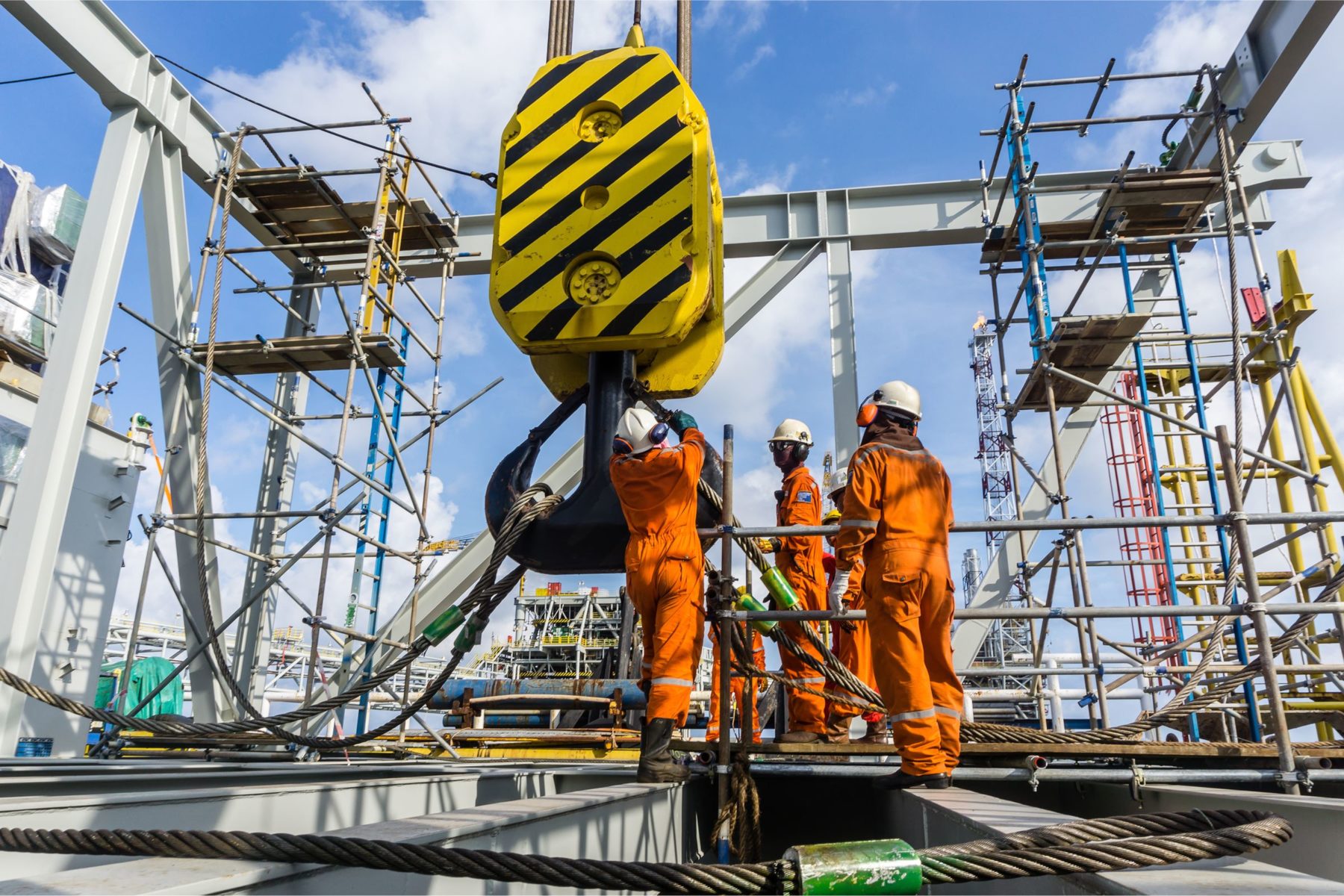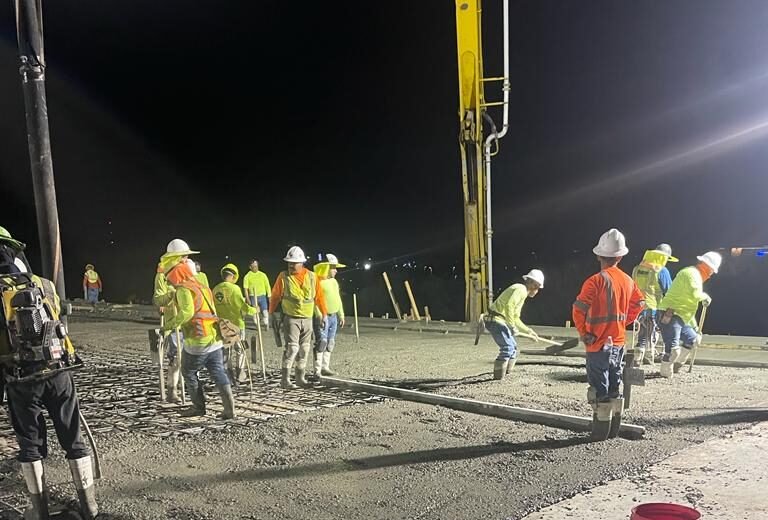
Essential Concrete Safety Tips: Protecting Workers on the Job Site Working with concrete is a fundamental aspect of the construction...

Pouring concrete in large-scale construction projects requires meticulous planning, logistical coordination, and well-defined strategies to ensure timelines, concrete quality, and site safety. This process is critical in building infrastructures such as skyscrapers, bridges, roads, and other large projects. While it presents significant challenges, with proper planning, these challenges can be managed effectively. This guide will walk you through how to plan a successful concrete pour in large-scale projects.
Proper planning for concrete pouring affects not only the final structure but also the cost and timeline of the project. Consider these essential factors:
Selecting the right concrete is crucial to ensuring the mix meets the required strength and durability. In large-scale projects, it’s advisable to work with specialized concrete depending on project needs:
Selecting the appropriate concrete ensures that it meets the design specifications and complies with local building regulations.
The success of concrete pouring in large projects depends on efficient logistics that cover the delivery and handling of large volumes of concrete.
Weather can significantly impact the quality of the concrete pour. It’s important to plan according to environmental conditions.
One of the keys to a successful pour is ensuring that the site is properly prepared before beginning.
Safety is critical during concrete pouring, especially in large-scale projects where working at height and handling heavy machinery is common.
Quality control is essential to ensure the poured concrete meets the required specifications and provides the expected strength and durability.
Finally, the success of a large-scale concrete pour depends on excellent coordination and communication between the different teams on-site.
Conclusion
Planning a concrete pour for a large-scale project requires a blend of strategy, logistics, and effective communication. From selecting the right type of concrete to ensuring quality control and safety, every detail must be considered to ensure the success of the project. With proper planning and a well-trained team, you can ensure the concrete pour goes smoothly, meeting the highest standards of quality and safety.
This guide provides a comprehensive overview of how to manage large-scale concrete pours, ensuring efficiency, quality, and safety at every step.

Essential Concrete Safety Tips: Protecting Workers on the Job Site Working with concrete is a fundamental aspect of the construction...

Decorative Concrete: Trends in Modern Finishes for 2025 Concrete is no longer just a construction material — it’s become a...

Sustainable Concrete Innovations in 2025: The Future of Eco-Friendly Construction In 2025, the construction industry continues its transformation towards sustainability,...

The Science Behind Concrete Cracking: Causes and Solutions Cracks in concrete are one of the most common issues in construction,...

Top 10 Concrete Myths Debunked: What Every Contractor Should Know Concrete is one of the most widely used construction materials,...

How to Plan Concrete Pouring in Large Construction Projects Pouring concrete in large-scale construction projects requires meticulous planning, logistical coordination,...
© 2023 Created with RGA Concrete Contractors LLC
This website uses cookies to provide you with the best browsing experience.